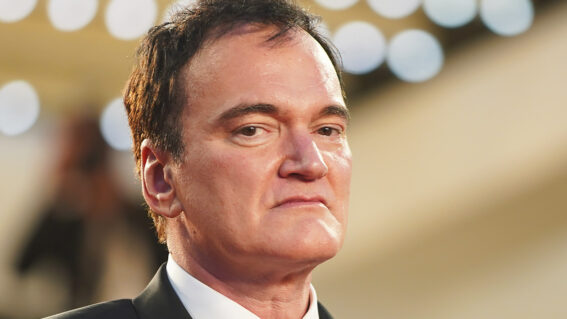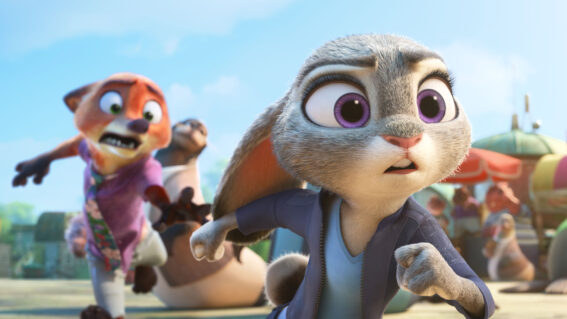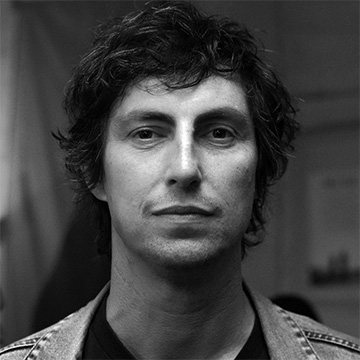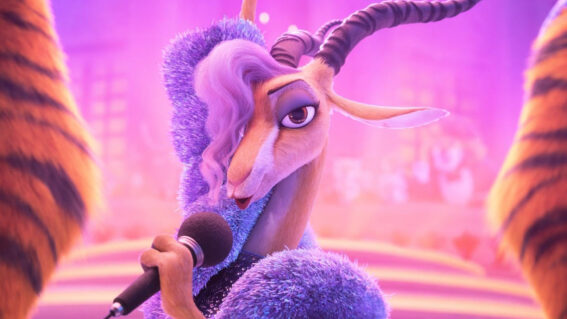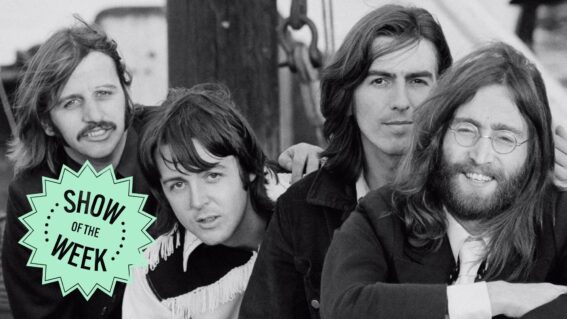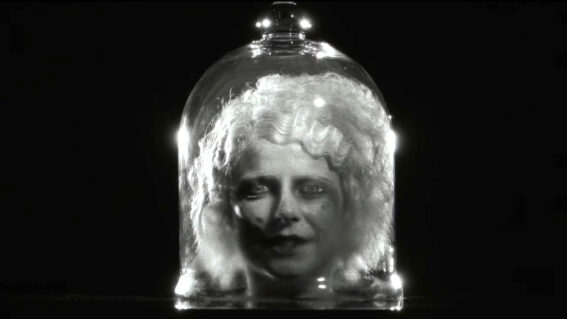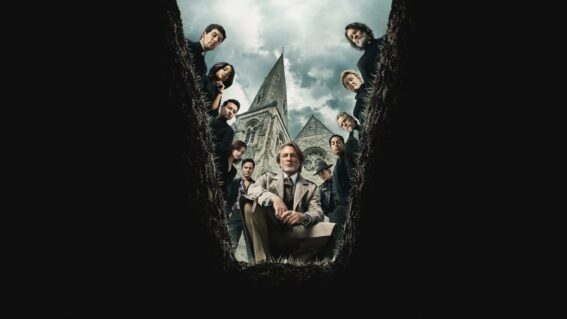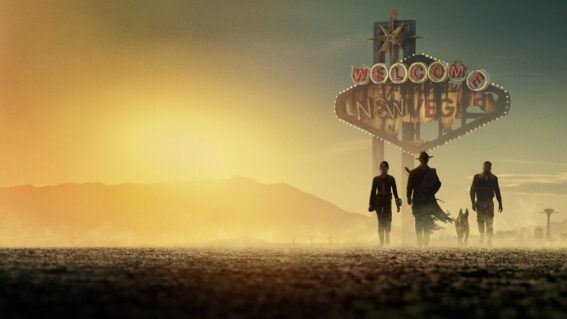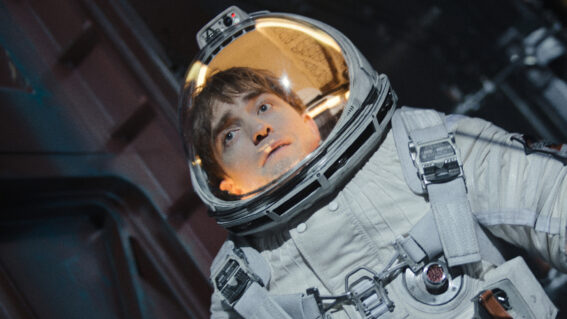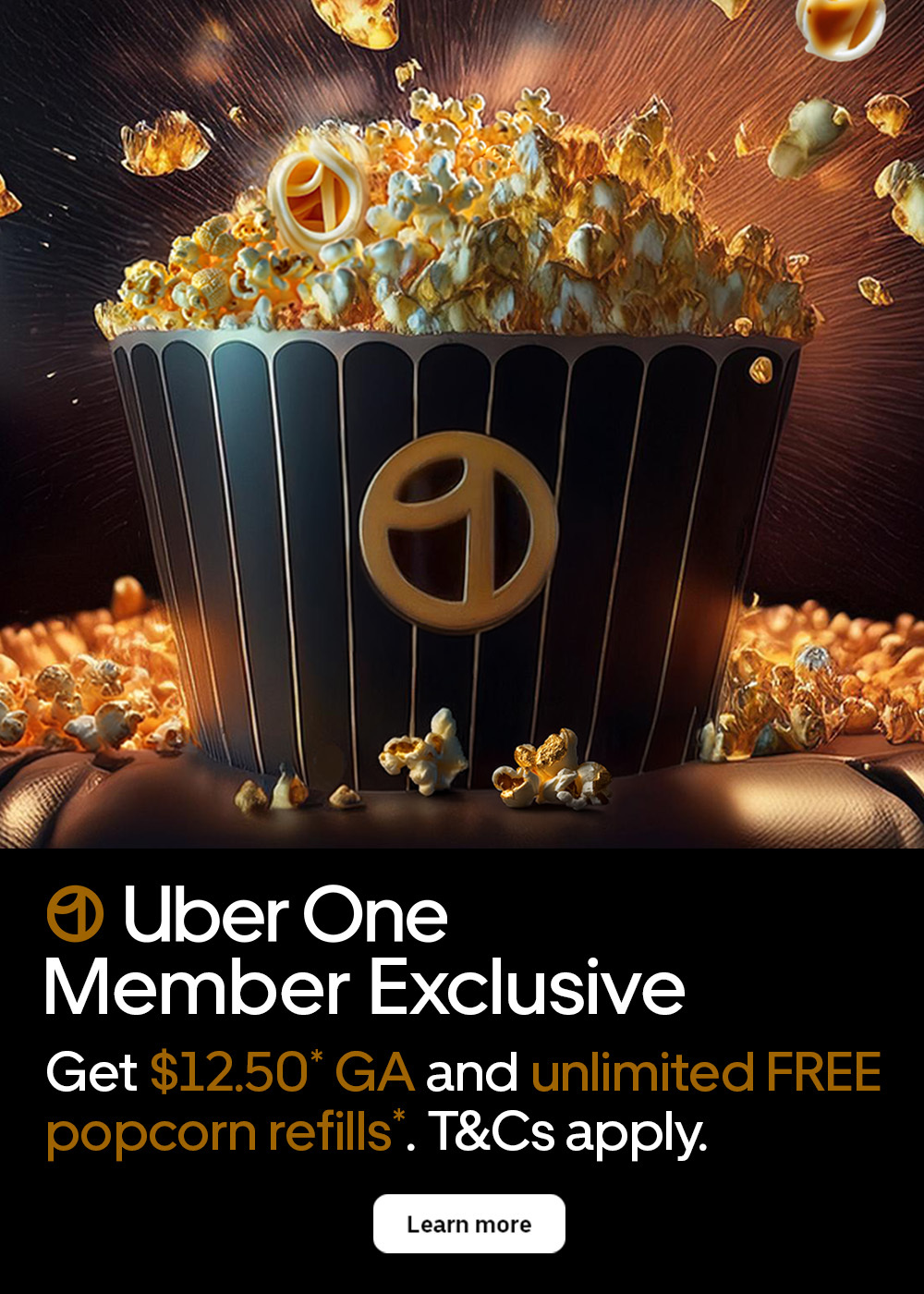Ang Lee’s Hulk is a bad movie, but it could’ve changed cinema
A split-screen revolution lost in a green blur: Luke Buckmaster explains how Ang Lee’s 2003 superhero movie could’ve been a game-changing production.

Ang Lee’s much-maligned 2003 superhero movie Hulk isn’t an under-appreciated gem that audiences didn’t “get” at the time. It’s bad then and it’s bad now: a bloated, blundering, butterfingered ordeal, badly written and poorly paced. And Eric Bana’s performance in the lead role—as the famously cantankerous scientist and bright green blockhead—is a real stinker: strangely sullen and crabby, like a teenager sulking in his bedroom.
But here’s why, every few years, I’m drawn back to it like a magnet, eager to give this film another chance. Buried in the rubble, smothered by the spectacle, and scattered throughout its onerous 138 minute runtime are visual embellishments that, I’m convinced, could’ve made a big impact. Could’ve even changed the makeup of blockbuster cinema. The nub of it comes down to two “s” words separated by a hyphen: split-screen.
Whenever a filmmaker divides the frame into simultaneous images, they challenge the hegemony of the widescreen format, which is deeply entrenched in the cinematic experience. But a fixed horizontal rectangle was never an inevitability. In 1930, when Hollywood was seeking to establish an industry standard format, Russian auteur Sergei Eisenstein delivered a lecture titled “The Dynamic Square,” in which he proposed a square screen, arguing this was ideal because it could shift between vertical and horizontal compositions, preferencing neither format and encouraging filmmakers to “embrace the multitude of expressive rectangles in the world, and even to move fluidly between them.”
History of course played out differently. The cinema screen—eventually the television also—became paralysed in that fixed wide format. Over the years filmmakers have innovated from time to time, of course, dividing the screen here and there, but not like Ang Lee does in Hulk. The director treats his split-screens like monsters in horror movies: quick flashes here and there, before eventually putting everything out in the open. When he finally lets it rip, really divvying up the frame, moving and rearranging frames within frames, the film—very briefly—really sings.
Sometimes an additional screen appears in one place; sometimes there are two, three, four or more. Sometimes they move leftwards; sometimes rightwards. Sometimes one window expands to the full frame; sometimes the full frame contracts to a small window. Sometimes box-like spaces drop down from above; sometimes they rise from the bottom.
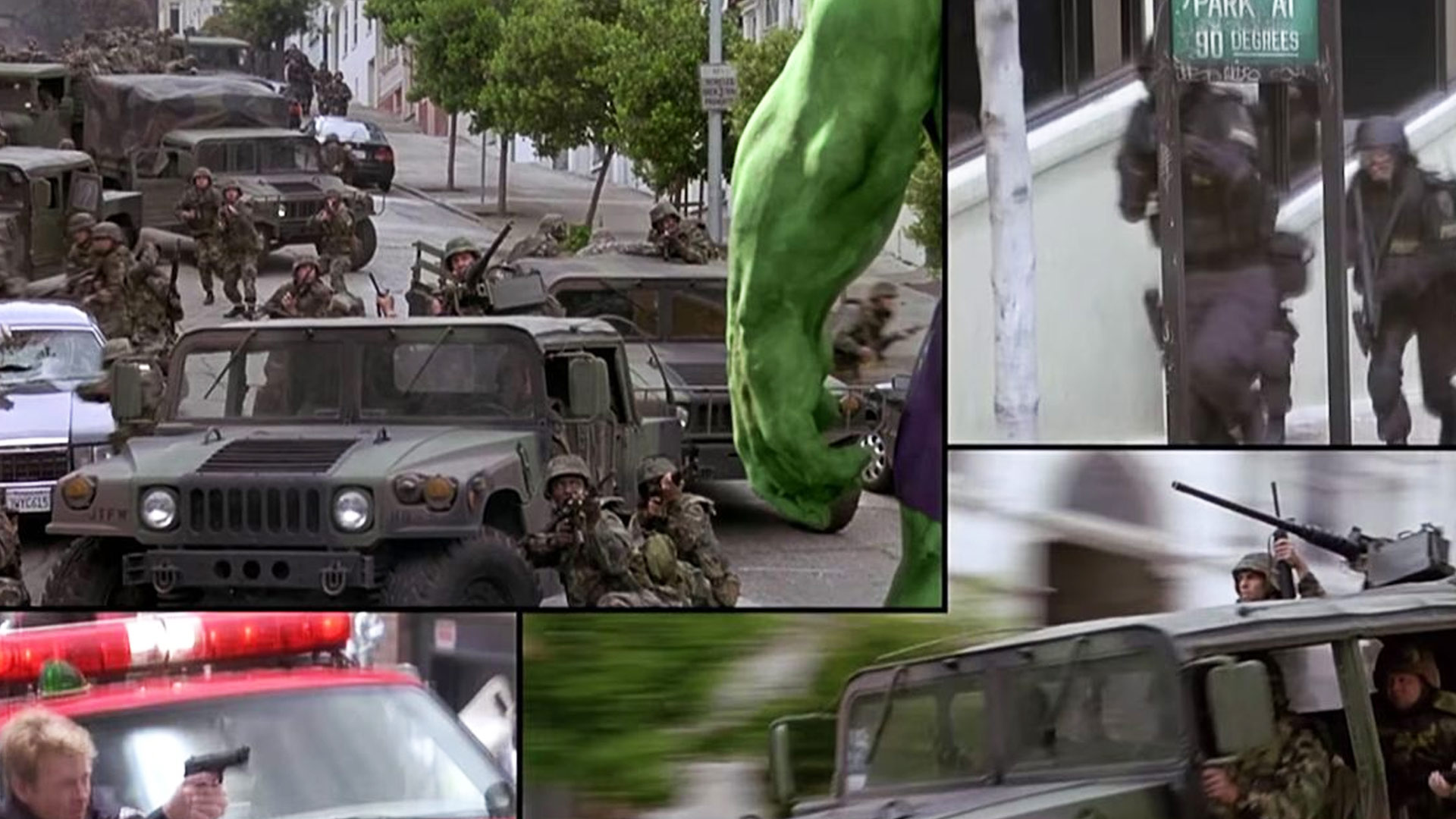
In these boldly staged moments, Lee finds the kind of compositional freedom Eisenstein was talking about; turns out a widescreen can be versatile too. I assume Lee’s logic for deploying split-screens sparingly was to keep the novelty special and the audience wanting more, which makes sense from a certain perspective but he goes way too far in the other direction. Inventive staging might’ve saved scenes that really needed saving—the many moments, for instance, of interpersonal waffle between Bruce and his ex-girlfriend Betty (Jennifer Connelly), or Bruce and his father (Nick Nolte), or Betty and her father (Sam Elliott).
Still, Lee doesn’t get enough credit for bringing genuine experimentation to a blockbuster superhero movie—commercially speaking the biggest and fattest of genres. The multi-screen technique also suited the source material. Above use of the words “screen” and “window” could easily be substituted for “panels,” the preferred nomenclature to describe frame-like elements that fill out the pages of comic books.
Hulk was the 15th highest-grossing film of 2003, collecting US$235 million at the global box office. What if it had earned much more than that, and landed at number one or two? Hollywood loves to turn success into formula. The film might well have inspired the look and feel of subsequent Marvel movies, the first in the Marvel Cinematic Universe—Iron Man—arriving five years later. The ensuing onslaught of MCU productions could’ve used Hulk as a starting point, a loose working blueprint to expand upon—ramping up those screens, frames, windows, panels etcetera, entering a compositional space where rules could be rewritten, the ghost of Eisenstein roused from his slumber.
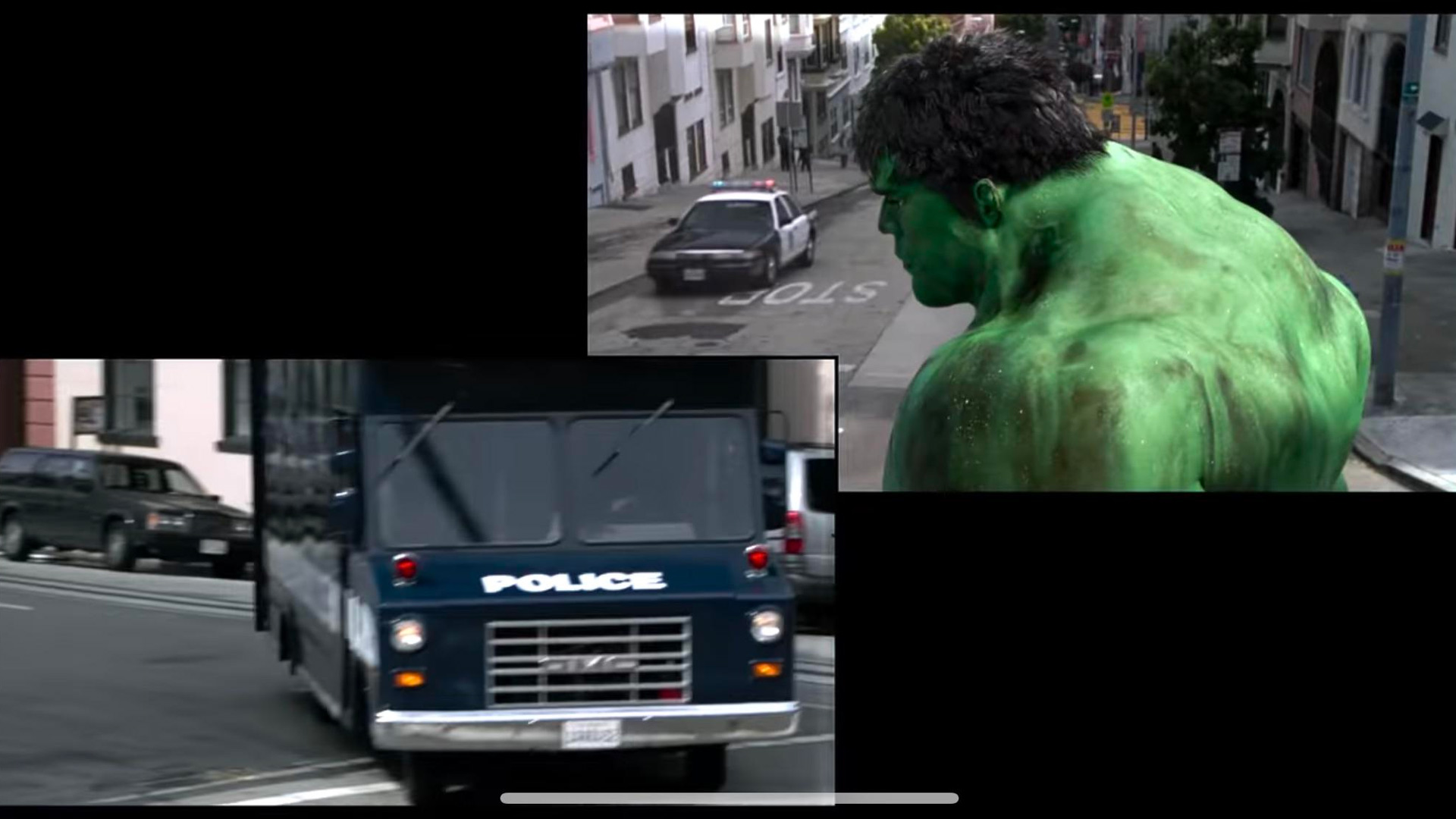
This could’ve given the superhero genre a distinctive visual style. It could’ve turned it into an aesthetic movement—those panels closely associated with it, like the way shadows and lighting are fundamental to German Expressionism, and fractured editing to French New Wave. Instead the MCU smothered us with glossy pap: a dizzying showreel of bling-filled, screensaver-like compositions, devoid of style and distinguishing features.
By the time the animated Spider-Man: Into the Spider-Verse movies played around with the aforementioned concepts, energetically carving up the screen, turning and flipping and moving compositional elements, it was way too late. The MCU had left the superhero genre—and mainstream cinema—in a smoldering ruin, the visual archetype for blockbusters blander and more homogenized than ever.
Now, perhaps, you can see why I have a love/hate relationship with Hulk; why it keeps bringing me back. Things could’ve been different; cinema could’ve gone in another direction. Is there enough in this film, I wonder, to make it worthwhile? Do the crumbs of greatness outweigh the avalanche of bad? Should I give it another chance? Maybe it’s time for a rewatch…









